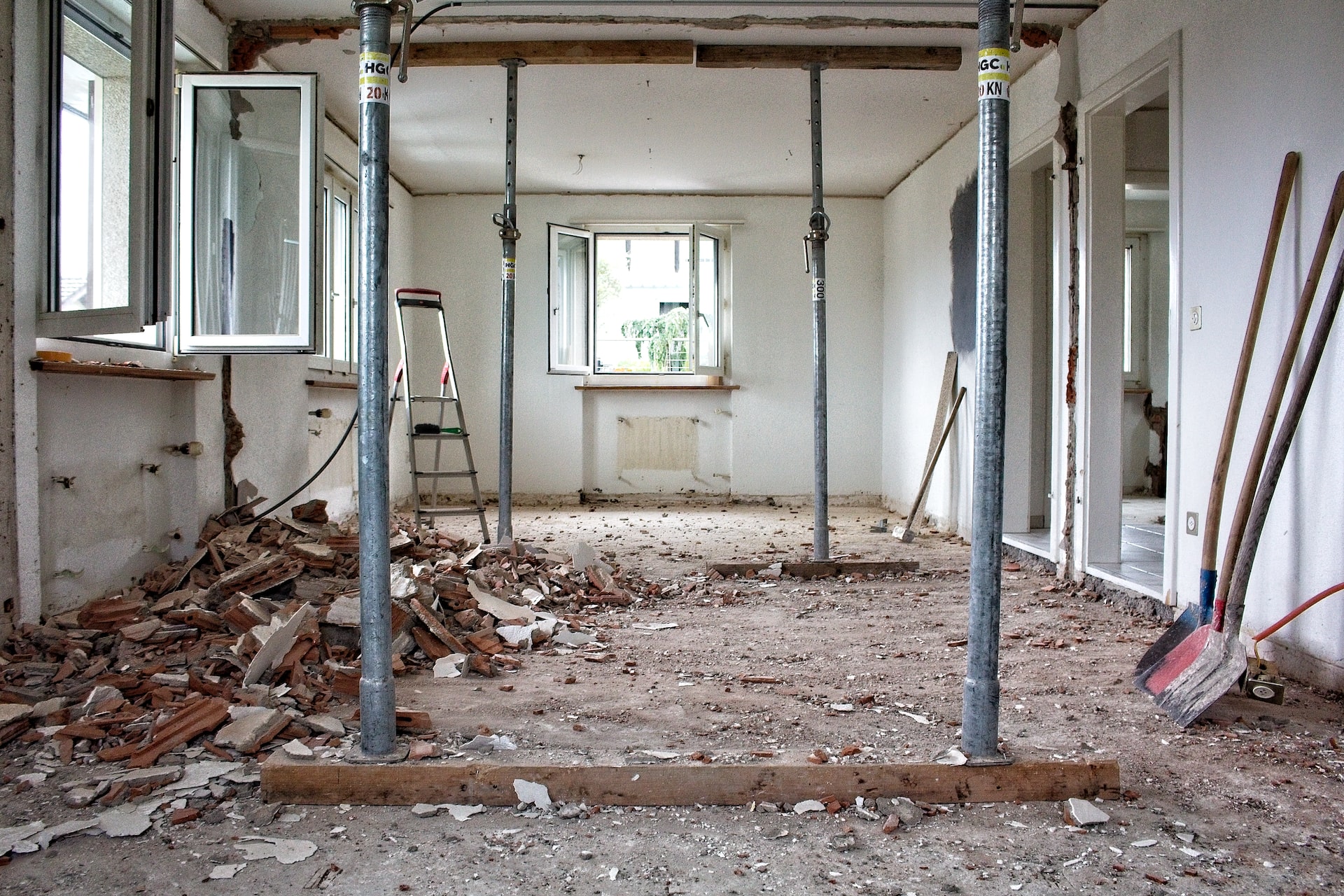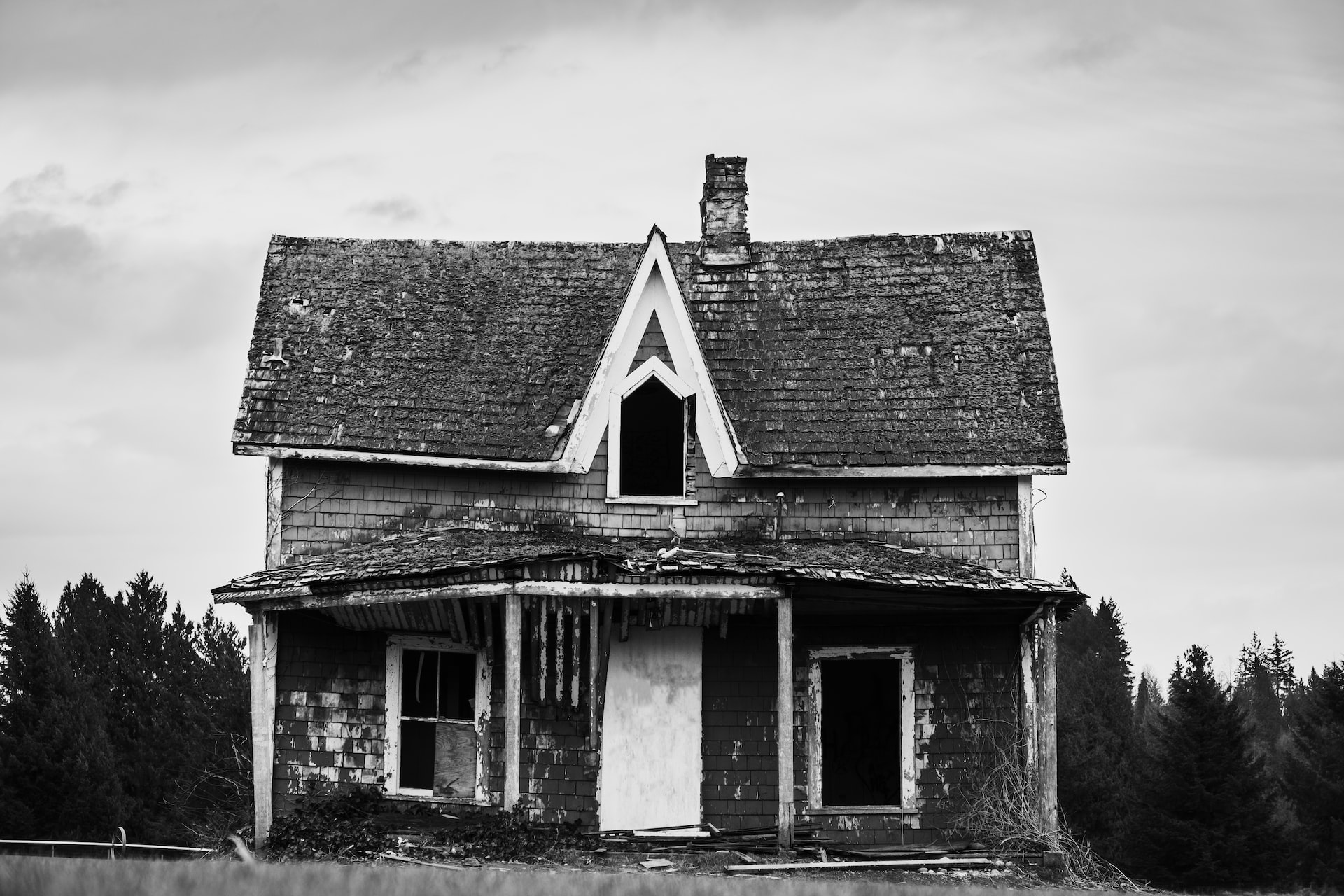When you buy a home to “flip,” you may not always know what you’re getting. Inexperienced home flippers may run into several avoidable problems. This article will explain home flippers’ main problems and what to avoid when making a deal.
The Basics of Flipping a Home
House flipping has changed since the early days when it was possible to make huge profits without investing very much money. Today’s home buyers are savvier and can spot the signs of a poorly flipped home.
Here are the essential components of home flipping:
- Buy properties at a low price. The most common rule of thumb is to pay no more that 70% of ARV (after repair value).
- Put in enough repairs to guarantee a higher sales price.
- Sell the home to new owners. Depending on the market, this is easier said than done. In a hot market it may sell the first day or buyers may even find you before it’s on the market. But most of the time it isn’t quite so easy. You’ll need to have a budget to have the house sit for a while in a normal market.
Problems to Avoid When Flipping Homes
Here are several problems that you may encounter when you are flipping homes. Be aware of these issues before investing in your first fixer-upper.
Not Understanding the Current Housing Market
You may make serious mistakes if you misjudge the current housing market. Always be aware of local and national market conditions. You will want to know how prices rise and fall yearly and how much time a home spends on the market before selling.
Failing to Profile Local Buyers
To flip a home successfully, you need to know what local buyers want. Find out what styles are fashionable and which features are receiving attention.
Understanding what buyers want can help you focus your budget in the right areas and ensure you spend money on features that increase value.
Setting the Sales Price Incorrectly
As a flipper, you should base your price on the After Repair Value or ARV. Calculate the ARV by carefully examining the housing market and determining what comparable properties are getting in terms of sale prices. You can talk to various realtors in your area or keep a close eye on home sales websites.
If you don’t know how much your home will get on the market, you can’t calculate how much you should budget for repairs. Budgeting the wrong amount for repairs will throw off your calculations and keep you from realizing a healthy profit.
The ARV can help you calculate the Maximum Allowable Offer (MAO) or the top price you want to pay for the home. One popular formula states that the MAO equals the ARV times seven, minus the cost of repairs. Another formula to calculate the MAO is the After Repair Value minus the fixed costs, rehab costs, and the desired profit or equity you want to achieve.
No matter your formula, don’t spend more than the MAO on a home. This tactic will preserve your profits.
Missing the Red Flags
When flipping a home, you need to be aware of the type of problems that can derail an entire project and cause you to lose your investment. Here are examples of the red flags you should know about:
- Listings “Sold as Is”: If the seller specifies that the sale is “as is,” they are admitting up front that it has significant problems. Avoid homes with this designation or otherwise expect the unexpected.
- Moisture Problems: Home flippers should know how to spot the signs of moisture damage. The first thing you should do when you walk inside a new property is to take a deep breath. If the home smells of mold or mildew, you should walk away. In addition, consider this a warning sign if the walls are warped or damp.
- Sloping Floors: Sloping floors could be a sign of significant problems. You may have to work on the subfloor to make the house sellable. Any structural problems like this one are costly.
- Foundation Problems: Inspect the entire foundation for cracks. Keep an eye out for windows and doors that stick, as well as gaps that could allow water to come in. Finally, a leaning chimney is another red flag.
- Roof in Disrepair: Inspect the roof and ensure it’s sound. If you see large numbers of missing or damaged shingles, watch out. Roofs are too expensive for some flippers to handle while making a profit.
- Poor Drainage: Look outside for signs of poor drainage. If the lawn slopes toward the house, there are bound to be problems. Check the gutters for signs of proper maintenance.
- Outdated Systems: Always check the plumbing, HVAC, and electrical systems. These systems can destroy your profits if you have to replace one or more. If the house has a fuse box instead of a circuit breaker, this is a sign of a seriously outdated build. It’s probably best to walk away.
- Termites: Many homeowners are unaware that they have termites. Learn the signs of termite infestations or work with a trusted home inspector. Some top signs that a house has termites include crumbling wood, small holes in drywall, discolored drywall, buckling or squeaky floorboards, or mud tubes on the foundation.
Failure to Budget Properly
When deciding how much to spend on a flipping property, you need to take a realistic view of how much money you’ll spend.
The temptation to spend too much on repairing a home can lead flippers to reduced profits. Don’t be too ambitious. Make a repair budget based on factual data and stick to it.
For a home in reasonable repair, you should fix the kitchen and bathrooms while refreshing paint, carpets, and floors. Going too far with upgrades will compromise your profits.
Concentrate on creating one impressive feature for your prospective buyers. This practice will help make the property memorable and get you a higher sales price. A few examples of standout features include stainless steel appliances and free televisions.
Too many flippers fail to budget for repairs and end up underwater on their mortgages. The last thing you want to do as a flipper is to lose money.
Do as much research as possible to find the best product and service prices. Develop close relationships with contractors and service providers to get the best deals.
Misunderstanding Interest Rates
Be careful to understand how interest rates will affect the market. If interest rates are going up, as they may when inflation rises, this will shrink the number of buyers who can afford a new home. You may rein in your desired sales price to compensate for this issue. Be sure to balance the interest rate’s effects with the demands of the local market.
Selling at the Wrong Time of Year
Be aware of the general local trends regarding the best time to sell a home. The best time to sell in most locations is late spring and early summer. Many real estate agents time their listings for a Friday or Saturday in late spring or early summer.
The best time to sell in southern locations like Florida is November and December due to the influx of “snowbirds.”
If you try to push a listing through at the wrong time of year, you could find yourself at the mercy of bidders’ refusal to pay your asking price.
Contractor Difficulties
Doing all the work yourself is not the best course of action unless you are a qualified contractor. In most cases, you will need to hire contractors. Contractors could pose many problems, including finding reputable companies. Vetting contractors requires experience.
Make sure that you write contracts with your best interests in mind. Make provisions for exiting the contract if the work is not going according to schedule. Avoid letting contractor disputes take up your time. End the contract and move on.
Tax Mistakes
One costly error flippers make that could put them in conflict with the IRS is classifying their income incorrectly. You will need to represent whether flipping is your trade or an investment accurately. If you make mistakes, the IRS may come after you.
Never Skip the Home Inspection
Even if you have been flipping homes for a long time and feel you can spot all the red flags listed above, don’t skip the home inspection.
Depending on sales conditions, you may not even be able to get into the home. A good inspector can determine problems by looking outside the home.
Flipping for the Highest Profits
When you watch out for these potential pitfalls, you should be able to make a significant profit on each sale. You can reinvest your profits in your business or use them as family income.
Be aware that the home flipping business fluctuates by season and market conditions. It may not present a steady source of income, especially if the housing market is volatile where you live.
Flipping homes can be profitable, but it can also cost more money than it’s worth. Be sure to approach all projects cautiously and consult this list of potential problems before investing.



